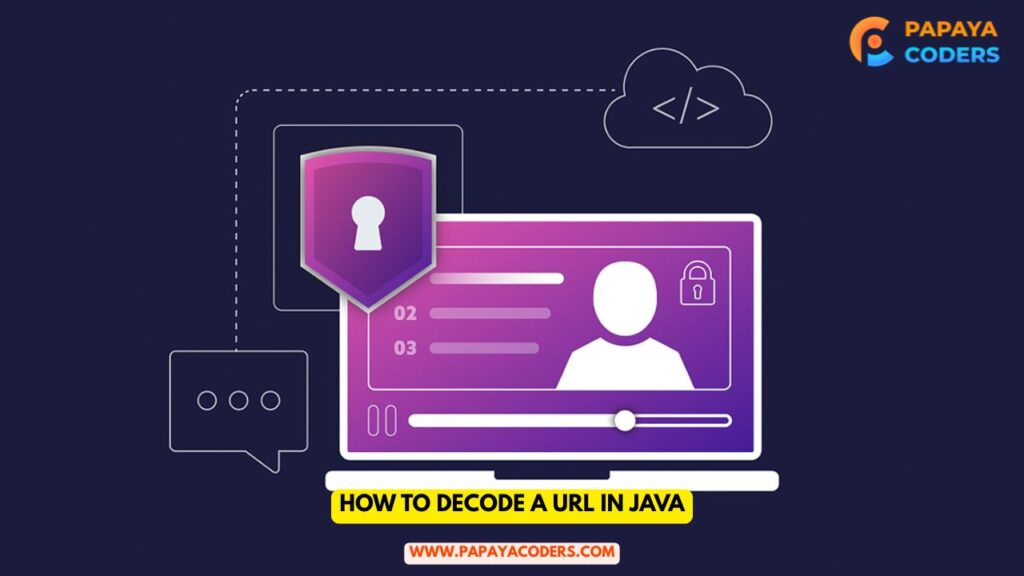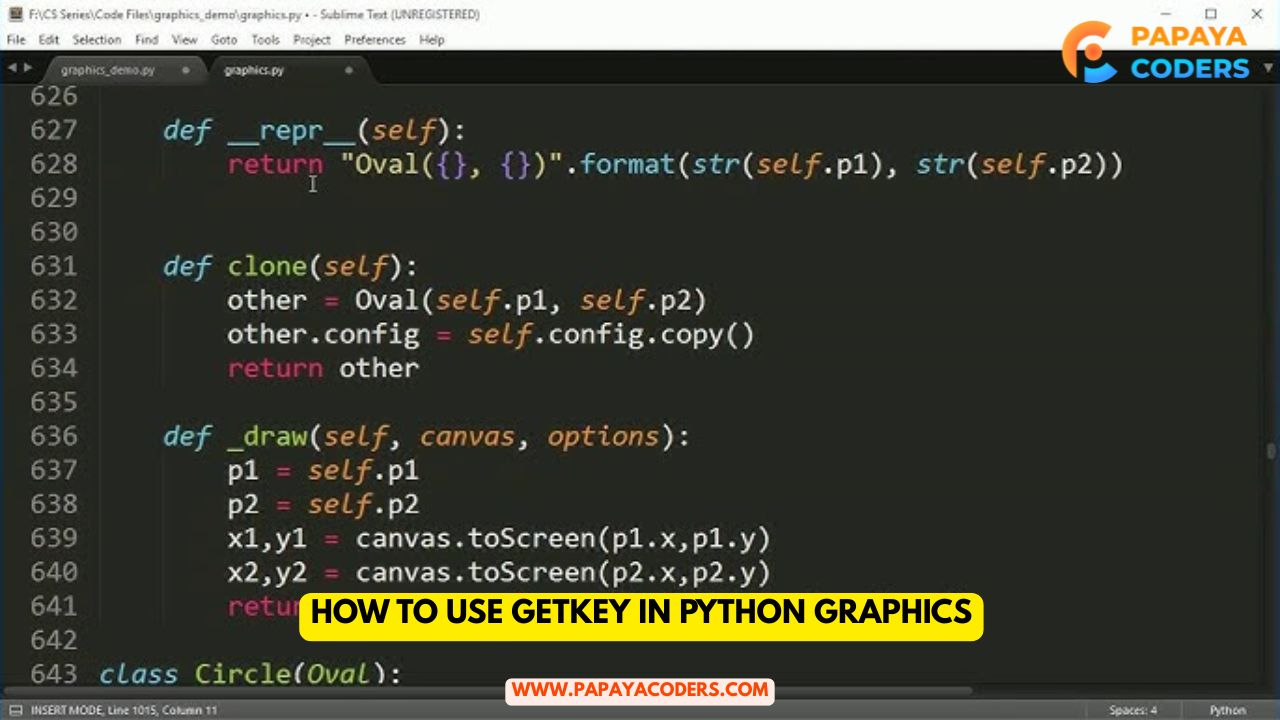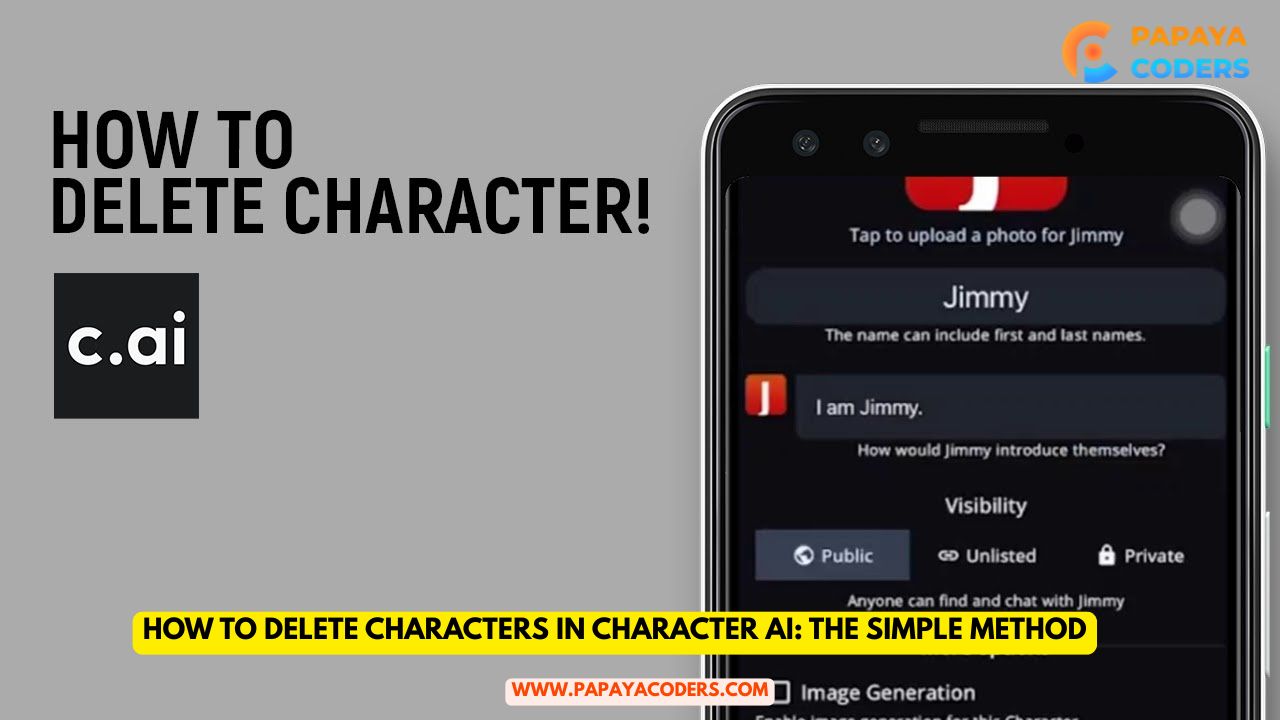Working with web applications in Java means that you are regularly required to handle URLs that may have special characters or be encoded. The browser encodes some characters so that the URLs are safe to be transmitted over the Internet.
As an illustration, a space may be shown as %20, and characters like? or & are encoded. If your Java controller is not decoding these URLs correctly, it may convert the data wrongly, which in turn may cause errors or unexpected results. So, learning the way a URL can be decoded in a Java controller is of utmost importance for the correct handling of data.
Understanding URL Encoding and Decoding
URL encoding is the process of changing the characters to network-friendly characters so they can travel across networks safely. The decoding process is the one that takes the encoded characters and changes them back to the original ones.
In Java web applications, this is an obligatory step if one takes the data only from query parameters, form data, or path variables. Without the decoding, the controller may see 20% and take it literally, hence, it will not recognise it as a space, which might lead to the breaking of the application logic or data processing.
Why URL Decoding Matters in Controllers
Java controllers are the ones that have the duty of accepting HTTP requests from clients, and then, after processing the data, they provide suitable responses as per HTTP. There are, however, times when these requests have data that is encoded. Proper decoding of URLs thus assures the following:
1. Correct Data Interpretation: Parsing of encoding is a real conversion that can provide the required data for further processing.
2. Error Prevention: When encoded characters are interpreted wrongly, exceptions or errors in the flow occur.
3. Improved Logging and Debugging: The process of decoding makes it easier to track and debug code, which helps in the implementation of the system.
4. Security and Validation: The correct decoding paves the road for ideal input validation, which makes it safer from potential attacks.
How to Decode a URL in Java
Java has provisions for an easy way of handling URL decoding and should be the first choice when it comes to efficiency. If the URL that is received by the controller is encoded, then Java’s decoding tools are used to convert it to a readable version. Most of the time.
programmers will point out the character encoding standard that is to be used, like UTF-8, so that even if there are special or international characters, the problem of data corruption won’t occur. This is very important because the output that comes out can be wrong or even unreadable if the wrong character encoding is used.

Decoding in a Spring Boot Controller
In a Spring Boot-based web application, it is quite normal for controllers to get their data from the URL parameters. The parameters that a controller gets are mostly encoded. The decoding of this kind of data involves rewriting the data to the original form from the encoded form by using a decoding utility.
It gives the controller an exact copy of the data that the user wants to send. So, for example, the space character, plus sign, or any other symbol is retrievable in the same form that makes it possible for the program logic to work properly.
Handling Common Issues
URL decoding is sometimes impossible when the data isn’t properly encoded. Controllers must be able to manage such situations silently. Generally, it includes verifying the data that is coming and showing user-friendly messages in case the decoding fails.
Using the correct exception mechanism will definitely make your software more stable, and it will prevent crashes due to malformed URLs.
Best Practices for URL Decoding
1. Always Use UTF-8 Encoding: This is capable of handling a broad variety of characters from different languages and also doesn’t have problems with special symbols.
2. Validate Input: URL parameters should never be trusted without question. After decoding, the information has to be validated to see if it complies with the needs of the application.
3. Graceful Error Handling: If you provide the location in your code where errors might occur during decoding, you should also ensure that these errors will be handled properly and that your users will get useful notifications instead of the application crashing.
4. Test with Various Encoded Inputs: Confirm your controller’s capability to process different kinds of encoded characters, such as spaces, symbols, and special characters.
Read also:-
- Hyperlocal SEO: Digital Strategies for Small Cities & Towns
- Tech Forum Submission Sites: Boost Your Tech Presence
Conclusion:-
It is simple yet very important in any Java-based web project to decode URLs correctly, as user input will definitely be processed by your application.
Once errors have been managed through a better understanding of URL encoding, along with proper decoding and error handling techniques, your Java applications will become not only secure but also reliable and user-friendly.
Regardless of whether you are using Spring Boot, Jakarta EE, or any other Java web framework, becoming proficient at URL decoding is a must for today’s web development.







